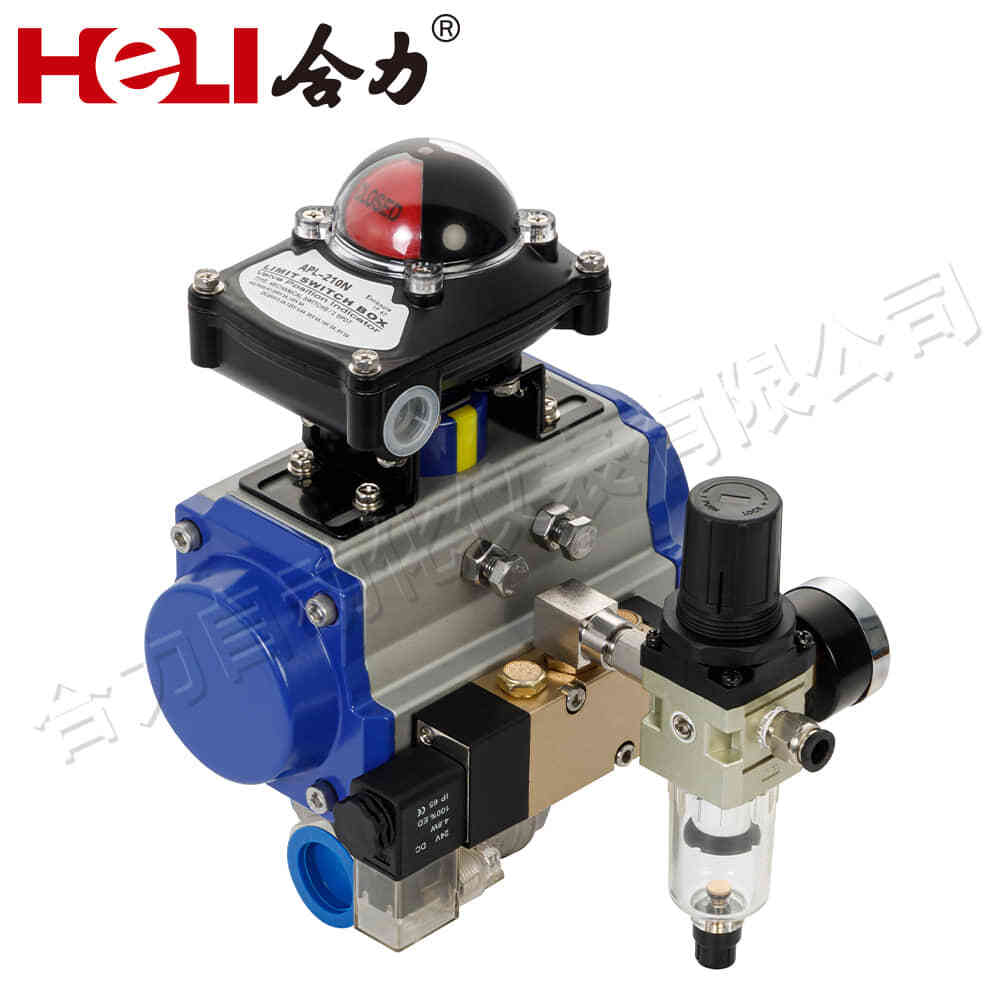Pneumatic actuators are integral to a wide variety of industries, from manufacturing to robotics. They play a significant role in automation systems by converting compressed air into mechanical motion. With their ability to move heavy loads quickly and efficiently, pneumatic actuators are employed in environments that require precision, high speed, and reliability. This article delves into the fundamental principles of pneumatic actuators, their components, types, advantages, and diverse applications.

What is a Pneumatic Actuator?

A pneumatic actuator is a mechanical device that uses compressed air to produce linear or rotary motion. These actuators are part of a larger pneumatic system that typically includes compressors, valves, and tubing. The working principle is simple: compressed air enters the actuator, which moves a piston or diaphragm, thereby creating motion. The motion generated by pneumatic actuators is commonly used to control machinery, open and close valves, or move robotic arms. The versatility of pneumatic actuators makes them suitable for various tasks. Depending on their design, they can produce either linear motion (back-and-forth) or rotary motion (circular). The simplicity and efficiency of these devices have contributed to their widespread use in both industrial and commercial applications.
